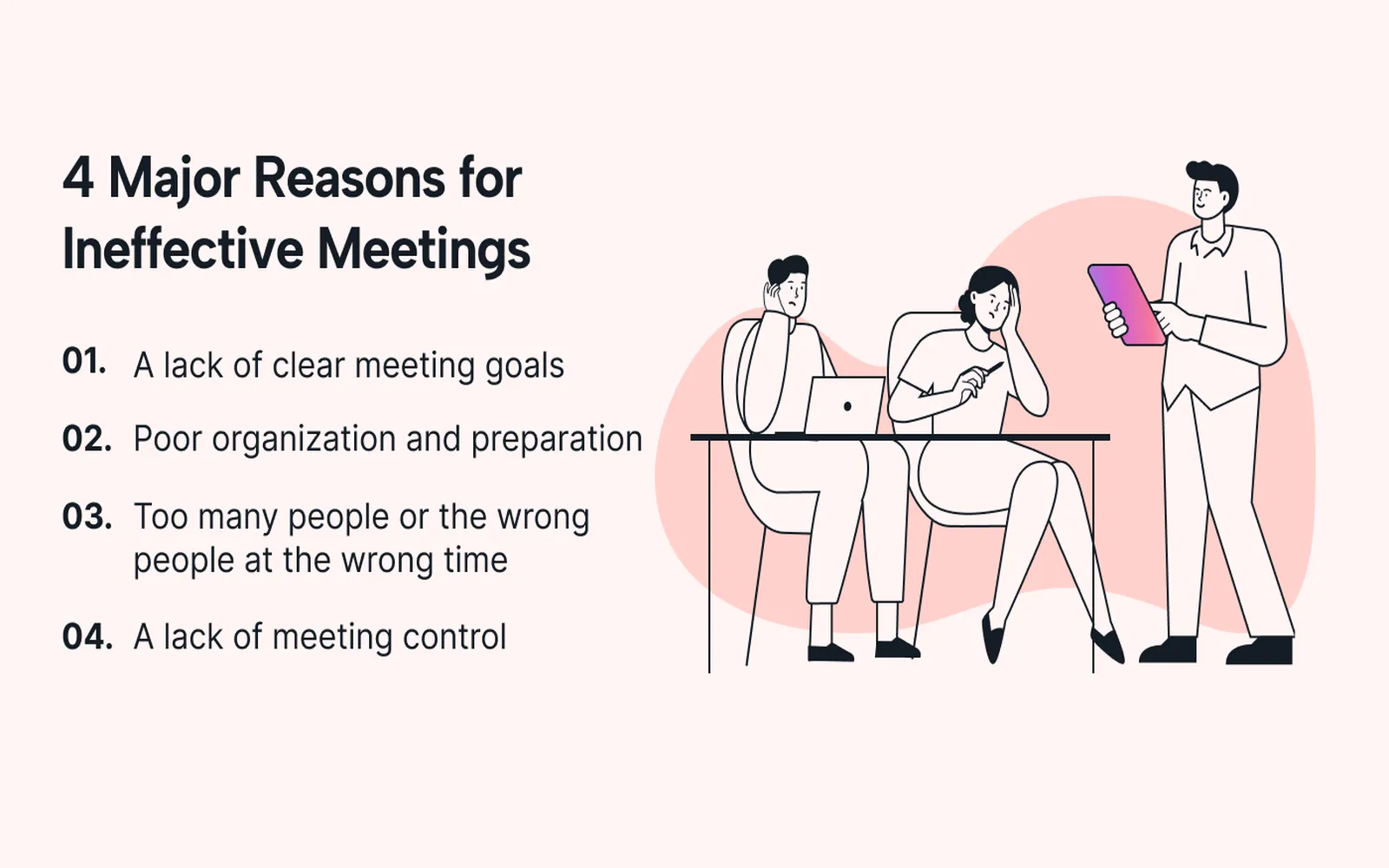1. Set Clear Objectives for Meetings
One of the primary reasons meetings can become excessive is a lack of clarity regarding their purpose. To reduce the number of meetings, it’s essential to ensure that each meeting has a well-defined goal. Before scheduling a meeting, ask yourself and your team:
- What is the desired outcome of this meeting?
- Is there a specific decision that needs to be made?
- Can this objective be achieved through email or a brief update instead?
By establishing clear objectives, you can determine whether a meeting is truly necessary or if the same results can be accomplished through alternative communication methods, thus saving time and resources.
2. Embrace Asynchronous Communication
In today’s digital workplace, there are numerous tools available that allow for asynchronous communication. Platforms like Slack, Microsoft Teams, or project management tools such as Trello, can facilitate collaboration without the need for a meeting. By utilizing these tools, teams can:
- Share updates and feedback in real-time.
- Collaborate on documents without being in the same room.
- Resolve issues through discussion threads instead of meetings.
Encouraging the use of asynchronous communication not only minimizes meeting frequency but also enhances productivity, allowing team members to focus on their tasks without interruptions.
3. Limit Meeting Duration and Frequency
Another effective strategy to reduce the number of meetings is to impose limits on their duration and frequency. Here are a few tips to consider:
- Set a maximum time limit for meetings, such as 30 minutes to an hour.
- Encourage standing meetings to keep discussions brief and to the point.
- Establish a policy that limits recurring meetings to only those that are absolutely necessary.
By keeping meetings concise and minimizing their recurrence, employees can spend more time on productive tasks rather than sitting in lengthy discussions.
4. Evaluate and Adjust Meeting Practices Regularly
To ensure your team is operating efficiently, it’s important to regularly evaluate your meeting practices. Consider implementing a feedback system where team members can express their thoughts on the effectiveness of meetings. Key questions to ask include:
- Was the meeting productive?
- Did we achieve the intended outcomes?
- What could we do differently next time?
By actively seeking feedback and making adjustments based on team input, you can continuously improve your approach to meetings, ultimately leading to fewer but more effective gatherings.
Chart: Comparison of Meeting Alternatives
| Method | Advantages | Disadvantages |
|---|---|---|
| In-Person Meetings | Facilitates real-time discussion and brainstorming. | Time-consuming and can lead to excessive scheduling. |
| Video Conferencing | Allows for face-to-face interaction without travel. | Technical issues can disrupt communication. |
| Email Updates | Efficient for sharing information quickly. | Can lead to miscommunication if not clear. |
| Project Management Tools | Enables ongoing collaboration and tracking. | Requires team members to be proactive in checking updates. |
By understanding the advantages and disadvantages of various communication methods, teams can make informed decisions about when a meeting is necessary and when another form of communication would suffice.
Ultimately, reducing the number of meetings at work can lead to a more productive environment. Implementing these four strategies can help streamline communication processes, allowing employees to focus more on their core responsibilities. Emphasizing efficiency and clarity in your organization will not only save time but also improve overall morale and job satisfaction.





